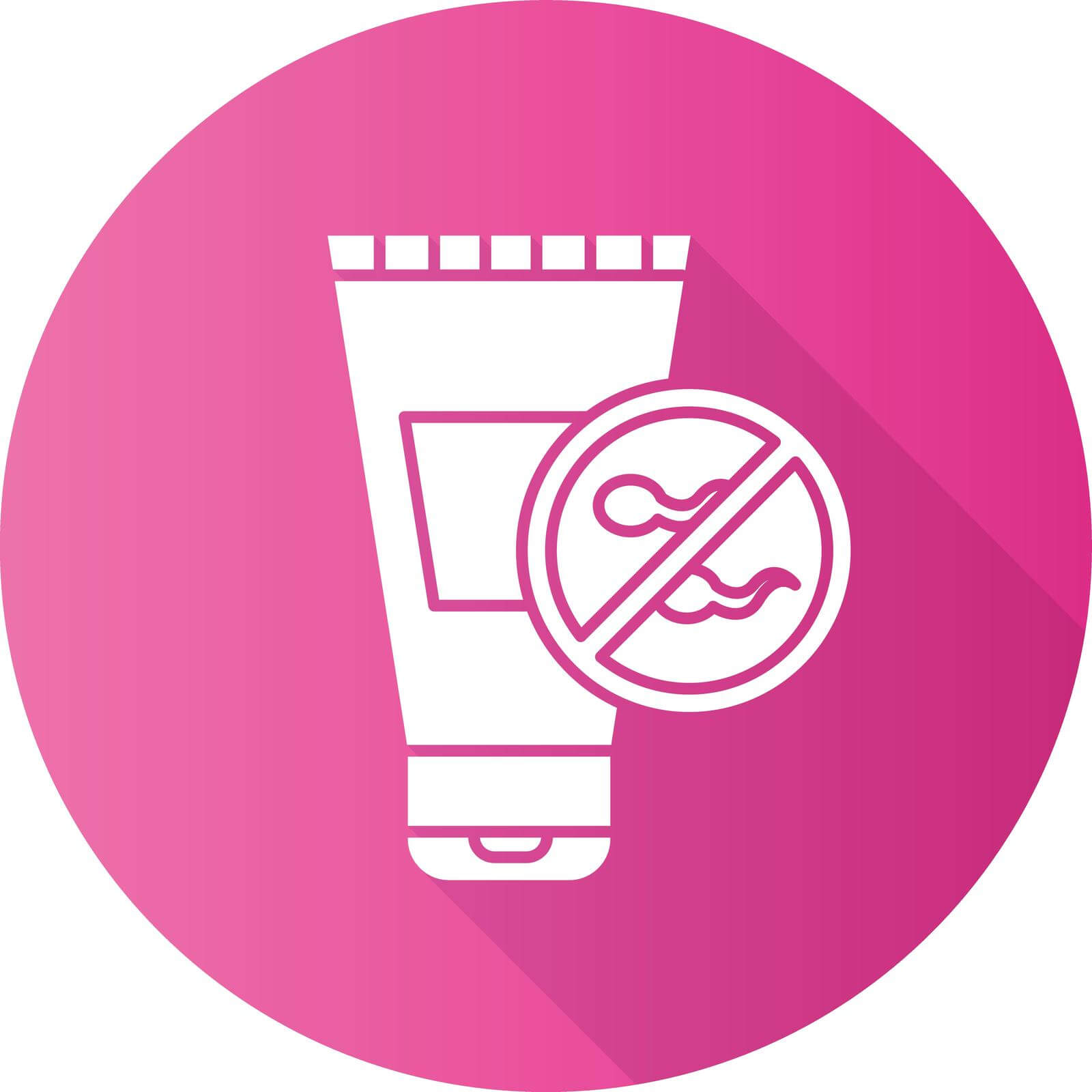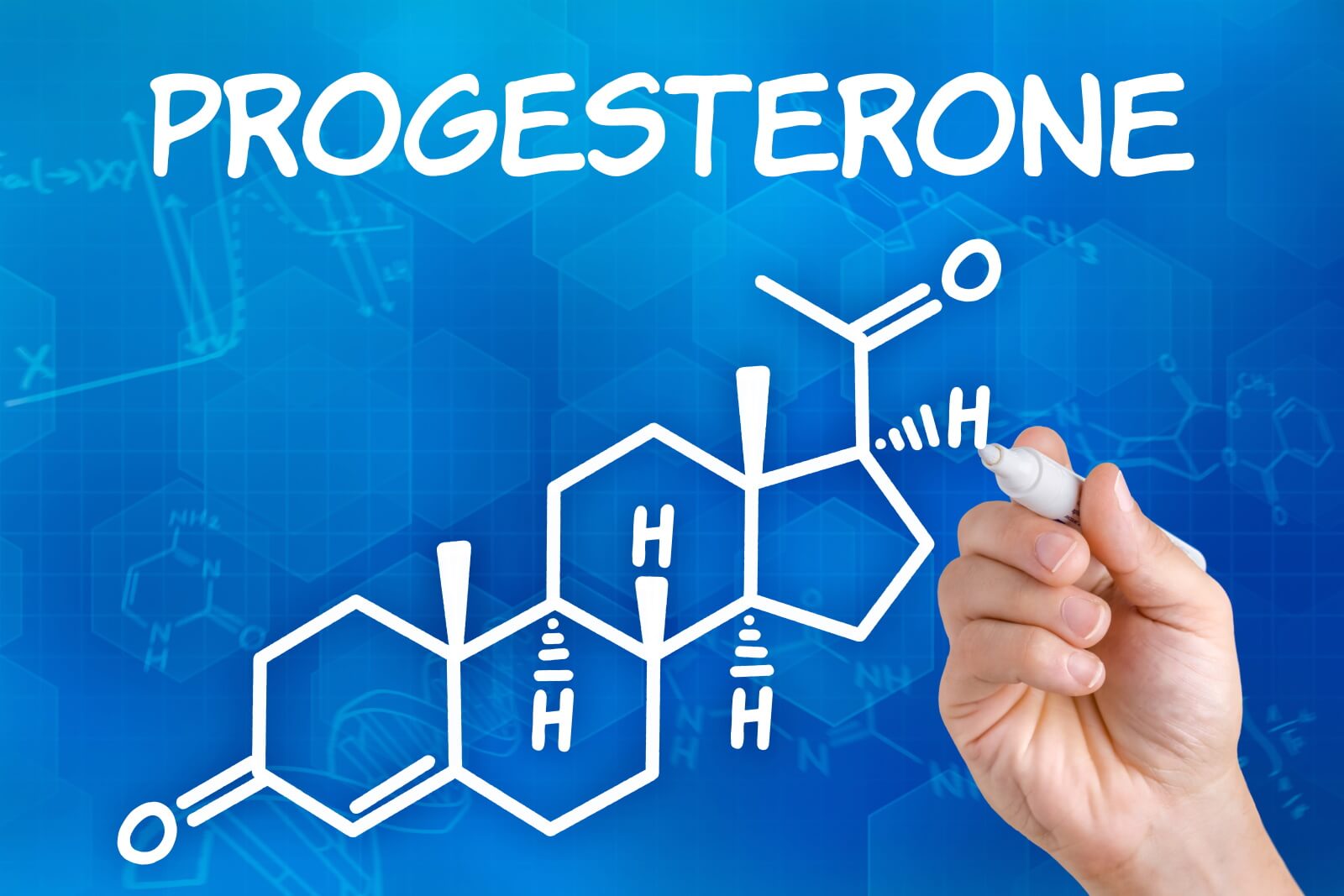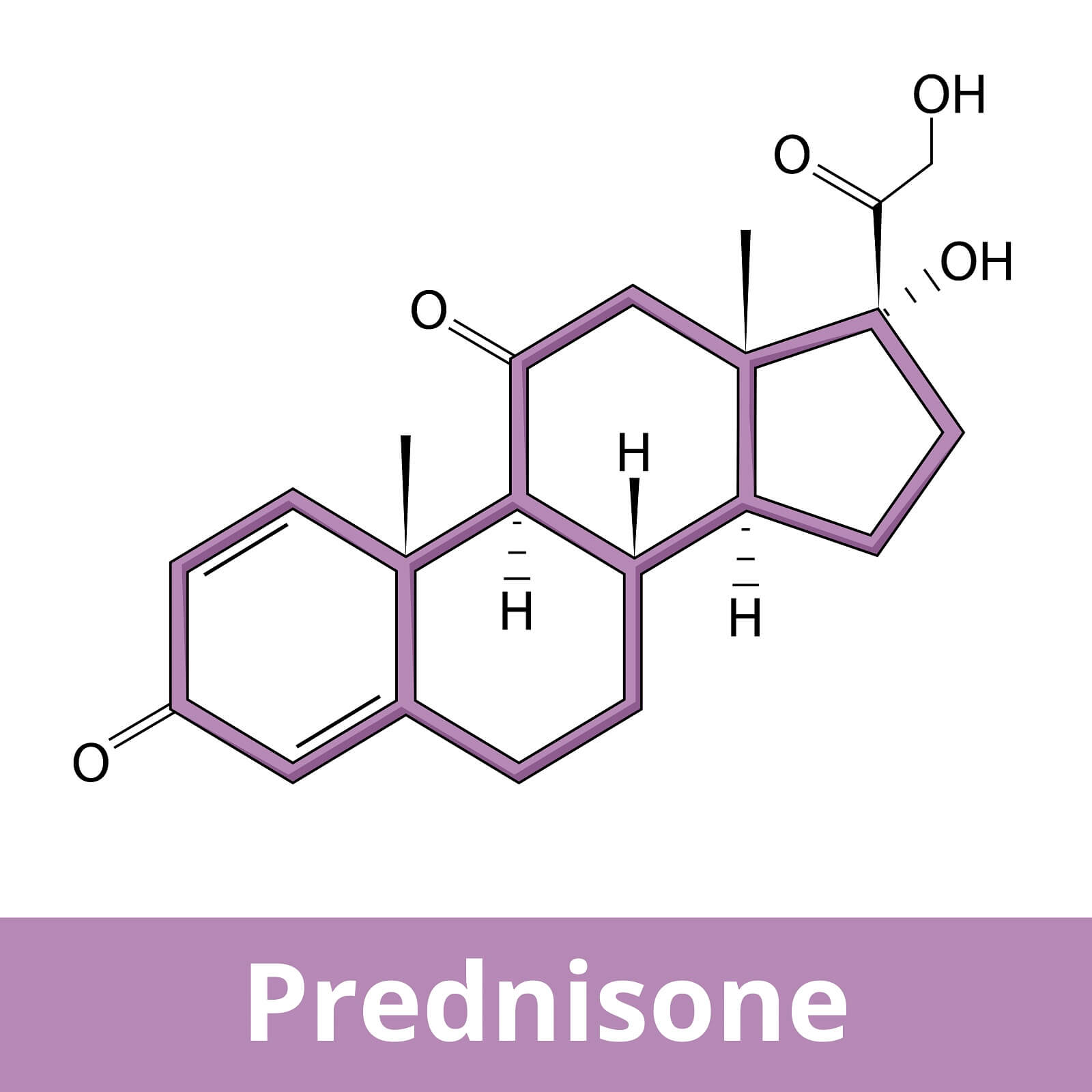See all "Sex and Candida" Section Topics

Yeast infections can be induced by a variety of causes. Some things can put you at an increased risk of contracting a yeast infection. Some of the most prominent of these risk factors include the following:
- The use of some contraceptives
- The use of antibiotics
- Elevated estrogen levels
- Uncontrolled diabetes
- An improperly functioning immune system
- Taking steroids
Contraceptives can Cause Yeast Infection

Both estrogen birth-control pills and spermicides containing nonoxynol-9 can help to facilitate the infestation of yeast in the body. These forms of birth control both have different ways in which they induce a yeast infection.
Estrogen Birth Control Pills
Having elevated levels of estrogen in your body has been shown to be correlated with an increase incidence of yeast infection. Taking high dose estrogen birth control pills is one way you can artificially increase the amount of estrogen in your body; causing you to be more prone to yeast infestation.
According to Dr. C. Orian Truss, the use of birth control pills contributed to problems with yeast. Truss stated that approximately 35% of women who used birth control pills were experiencing severe, chronic yeast vaginitis.
Nonoxynol-9 and Yeast Infections

Spermicides that contain nonoxynol-9 can also facilitate the overgrowth of yeast in the vagina. A study was conducted by Ojha P, Maikhuri JP, and Gupta G. The results of the study were published in Contraception in August of 2003. The study was entitled “Effect of spermicides on L. acidophilus in vitro-nonoxynol-9 vs. Sapindus saponins.” The study showed that 0.05% nonoxynol-9 stymied the development of L. acidophilus and a 0.1% concentration of nonoxynol-9 completely halted the development of L. acidophilus.
L. acidophilus plays a quintessential role in helping maintain vaginal health. L. acidophilus helps to sustain a proper balance of vaginal microbiota by doing two very important things. First L. acidophilus reduces the amount of sugar in the vagina by fermenting this sugar into lactic acid. Without an excessive amount of sugar present in the vagina, microscopic yeast organisms are literally “starved” and unable to proliferate. The lactic acid produced by L. acidophilus also helps to lower the pH in the vagina; keeping the pH low in the vagina helps to stymie the development of yeast. Yeast cannot easily thrive in a vagina that has been acidified by lactic acid producing bacteria such as L. acidophilus.
Another study, which was published in the Journal of Infectious Diseases in August of 1998, indicated that nonoxynol-9 could inhibit the colonization of non-H2O2-producing strains of lactobacilli bacteria. Such bacteria are important as they consume excess sugars and reduce the amount of available nutrients for yeast to feed from and thereby propagate. Without a sufficient amount of competing microorganisms, yeast fungus can thrive and utilize nutrients present in the vagina to proliferate. Unrestrained and excessive growth of yeast can result in a classic yeast infection.
Nonoxynol-9 is a detergent and can cause irritation of the skin and inflammation of the skin where it is applied. Nonoxynol-9 can also eat away layers of skin tissue where it is applied. If you are using a form of condom that contains Nonoxynol-9 as a lubricant, you may experience such irritation and inflammation.
A 1/2 Day & Yeast is Gone!
Linda Allen suffered from yeast infections for years. Through researching natural medicine & Candida, she found an efficacious solution!
Linda is one expert you want on your side! Let her show you how to get rid of a superficial yeast infection in just 12 hours; AND, keep it gone!
A 60-day, 100% money back guarantee is provided.
Visit Official Site!Antibiotic Use

There is a very prominent correlation between using antibiotics and developing an infection of Candida. Broad-spectrum antibiotics can rapidly depopulate your body of bacteria, which is beneficial when these drugs wipe out harmful pathogenic bacteria. When broad-spectrum antibiotics terminate helpful bacterial microbiota that are considered to be probiotic, the body can suffer.
Probiotics help resist pathogen overgrowth, such as yeast overgrowth, by competing for binding sites and competing for nutrients like sugars. Probiotics also synthesize proteins that stimulate the body’s immune system, increase intestinal brush border enzyme activity, secrete lactic acid (lactic acid secretion, such as is done by L. acidophilus, will help lower the pH of the vagina and stymie the development of Candida), and perform other beneficial tasks. By effectively competing with yeast organisms, bolstering the immune system, and secreting lactic acid, probiotics help keep yeast from proliferating without restraint.
Consequently, when the body has been subjugated to a course of broad-spectrum antibiotics, it would be pragmatic to replenish the helpful bacteria that has been destroyed by broad-spectrum antibiotics. One way you replenish the probiotics is by eating food rich in these helpful bacteria such as milk containing live L. acidophilus cultures, yogurt containing live L. acidophilus cultures, and by taking dietary supplements of live L. acidophilus.
Eliminate Bacterial Vaginosis & Vaginal Odor
Jennifer O’Brien is one prominent expert on BV that knows how to get rid of vaginal odor. BV is a common infection that you don’t have to put up with.
Jennifer will show you how to naturally eliminate vaginal odor in just 3 days.
A 60-day, 100% money back guarantee is provided.
Visit Official Site!Elevated Estrogen and Progesterone Levels

Women who have elevated levels of the female sex hormone estrogen in their body tend to have a higher probability of developing yeast infections. Going through a pregnancy, taking estrogen birth control pills, and undergoing estrogen hormone therapy are all reasons why your body may have an elevated level of estrogen.
Progesterone is also another hormone that can cause a yeast infection. Dr. C. Orian Truss states that progesterone via unknown mechanisms greatly aggravates yeast overgrowth in women. Hence, you are more likely to develop a yeast infection during the intervals of time when your body has an elevated level of progesterone in it.
Progesterone is synthesized by the body in small amounts prior to ovulation, but after ovulation larger amounts of progesterone are produced by the body until the advent of the next period. High levels of progesterone are also in the body during pregnancy.
Research, published in Microbiology and Immunology (Volume 39, Issue 6, pages 405 - 409, June 1995), discovered that progesterone may affect how the immune system fights Candida. The study used rats that had been treated with estrogen. The white blood cells of these rats were then taken and exposed to progesterone. When exposed to progesterone, it appeared that this hormone markedly reduced their ability to fight off Candida cells.
Clair Goodall: Author & Nature Lover
Clair Goodall is a bee-obsessed natural medicine convert from Minnesota. She is one expert you might want to know more about!
Clair will help you protect you and your family from toxic products and chemicals and help you discover solutions from nature.
Also, Clair’s book is backed by a 60-day, 100% money back guarantee
Visit Official Site!Impaired Immune System Function

The immune system is a complex part of the human body that is comprised of various types of cells and organs. The immune system is your body’s natural defence against the microscopic fungus that causes yeast infections. Some yeast always inhabits the gastrointestinal tract, respiratory tract, and vagina; only when an opportunity to overgrow presents itself will yeast proliferate and cause an infection. The yeast that cause various infections of the body are therefore classified as opportunistic pathogens, as they only attack when an opportunity presents itself. A compromised immune system is unable to adequately defend the body against invading yeast and therefore constitutes an “opportunity” for yeast to cause an infection.
There are certain things that can weaken the immune system and give a foothold to opportunistic pathogens. Some of these things that compromise the effectiveness of the immune system include the following:
- Undergoing chemotherapy treatments
- Undergoing corticosteroid therapy
- Having a body attacked by cancer
- Being infected with the human immunodeficiency virus (HIV)
- Undergoing radiation treatments
It may be impossible for you to change your situation, or stop taking critical chemotherapy, radiation, or steroid therapies but you can try aiding the immune system in other ways. One easy method to bolster the immune system you can follow is adding nutrients to your diet. By supplying the body the right nutrients it needs to keep the immune system functioning at an optimum level, you can effectively aid the body in its fight against yeast overgrowth.
It is often difficult to eat foods that contain all the nutrition you need. Consider adding various dietary supplements to your diet to ensure your diet contains enough vitamins and minerals. If you would like to learn more about which types of vitamins and minerals to supplement your diet with, consider perusing our page on vitamins and minerals for yeast infection.
Author: Mr. Nicholas Gross

Nick Gross is a natural medicine enthusiast who has been researching and writing about natural medicine since 2008. Nick is primarily a web developer but also researches and authors written and video content about natural health. Nick has a bachelor’s degree in Management Information Systems from the University of Northern Iowa.
Disclaimer
The information on this website is not a prescription for anyone. This information is for informational or educational purposes only, and is not a substitute for professional medical advice or consultations with healthcare professionals.
Affiliate Disclosure
Some of the links provided on this website are affiliate links. When a purchase is made through these links, Candida Hub earns money from commission. This helps to keep the website up and helpful to people for free. Thank you for any support!
Stay Up to Date
If you enjoyed this article, consider following / liking our Facebook page. This page is primarily utilized to alert followers of new articles that are put on Candida Hub. Candida related news is also discussed. While you are there, you can see what has been more recently added to Candida Hub.
SOURCES:
- http://www.mayoclinic.com/health/yeast-infection/DS01182/DSECTION=risk-factors YI risk factors
- Google Books — William G. Crook, The Yeast Connection. (p.48 steroids cause YI)
- http://www.mayoclinic.com/health/oral-thrush/DS00408/DSECTION=risk-factors (oral or inhaled corticosteroids cause YI)
- http://dx.doi.org/10.1111/j.1348-0421.1995.tb02220.x — Suppression of Anti-Candida Activity of Murine Neutrophils by Progesterone In Vitro: A Possible Mechanism in Pregnant Women's Vulnerability to Vaginal Candidiasis. Microbiology and Immunology (Volume 39, Issue 6, pages 405–409, June 1995). PDF Available here
nonoxynol-9
- http://www.ncbi.nlm.nih.gov/pubmed/12954526 N-9 Kills lactobacillus acidophilus, 0.1% and higher concentrations of nonoxynol-9 stopped L. acidophilus from growing
- http://www.ncbi.nlm.nih.gov/pubmed/9697724 Use of nonoxynol-9 and changes in vaginal lactobacilli.
- http://wc.arizona.edu/papers/98/140/01_4.html kills bacteria and irritates skin
estrogen birth control
- http://www.mayoclinic.com/health/yeast-infection/DS01182/DSECTION=risk-factors high levels of estrogen cause YI
- William G. Crook, The Yeast Connection. (p.81-82 35% of women on the pill had YI)
antibiotic use
- Google Books — Martin, Jeanne Marie. Complete Candida Yeast Guidebook. (p.100 probiotics)
Estrogen Levels
- http://www.mayoclinic.com/health/yeast-infection/DS01182/DSECTION=risk-factors
- William G. Crook, The Yeast Connection. (p.82 progesterone causes YI)







